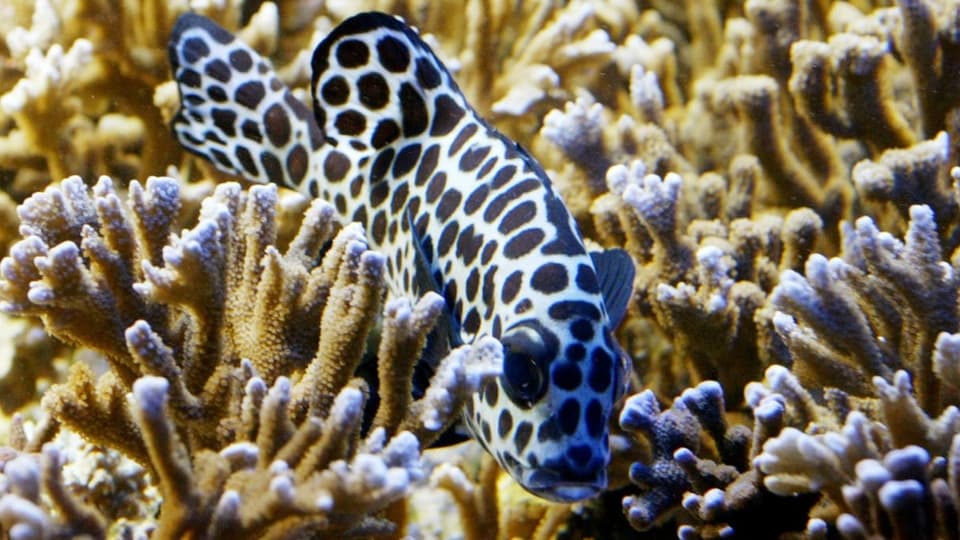After more than 15 years of negotiations: On Sunday morning in New York, the member states of the UN agreed on an agreement to protect the high seas. A set of rules has now been created with which 30 percent of the world’s oceans can be defined as protected areas. Fabienne McLellan, executive director of the organization Ocean Care, attended the negotiations as an observer.
SRF News: Why is this agreement so important?
Fabienne McLellan: The UN agreement is a very big breakthrough, because up until now the high seas have been largely a legal vacuum. With this agreement, a large loophole was closed here. Various elements are defined in the text of the contract, such as the possibility of designating marine protected areas on the high seas.
How should the planned protected areas be defined and controlled?
The agreement defines where these marine protected areas are to be built. And it is also very important what the management plans should contain – the test requirements, the implementation. Because only the definition of a marine protected area is not effective protection. In this sense, this high seas agreement is the central element that also offers the lever for protection.
What could such a protected area look like based on these defined criteria?
The first question is, of course, where to set up such a protected area. And of course the scientific findings are central here. You then take a close look at what regions of the seas are particularly worthy of protection, where there is a very high level of biodiversity and where this is also threatened.

Legend:
The biodiversity in the sea should be protected.
AP Photo/Heribert Proepper
There is one example, the Costa Rica Dome. This is a region that is very species-rich. And it would be very important to set up such a marine protection area to counteract human activities such as overfishing or other explorations, with conditions that effective protection is declared.
Only one percent of the high seas is currently protected.
In order to achieve this 30 percent by 2030, one naturally wants to establish as many such protected areas as possible, including networks of connected marine protected areas. The contract would make that possible. And that is also very important, because currently only one percent of the high seas is protected.
Another important point are environmental impact assessments. Who is active in the high seas must check whether it is harming marine biodiversity. How important is this point?
This environmental impact assessment tool is essential. Because it will take a few years before marine protected areas can be designated. But the environmental impact assessment can be applied immediately.
The instrument of the environmental impact assessment is essential.
Projects on the high seas, such as plastic collection clean-up activities or resource exploration activities, must undergo a verification mechanism. This is then checked by a committee. And if major damage could occur, then you can also define how these activities can be prevented under certain circumstances.
The conversation led Simone Hullinger.
